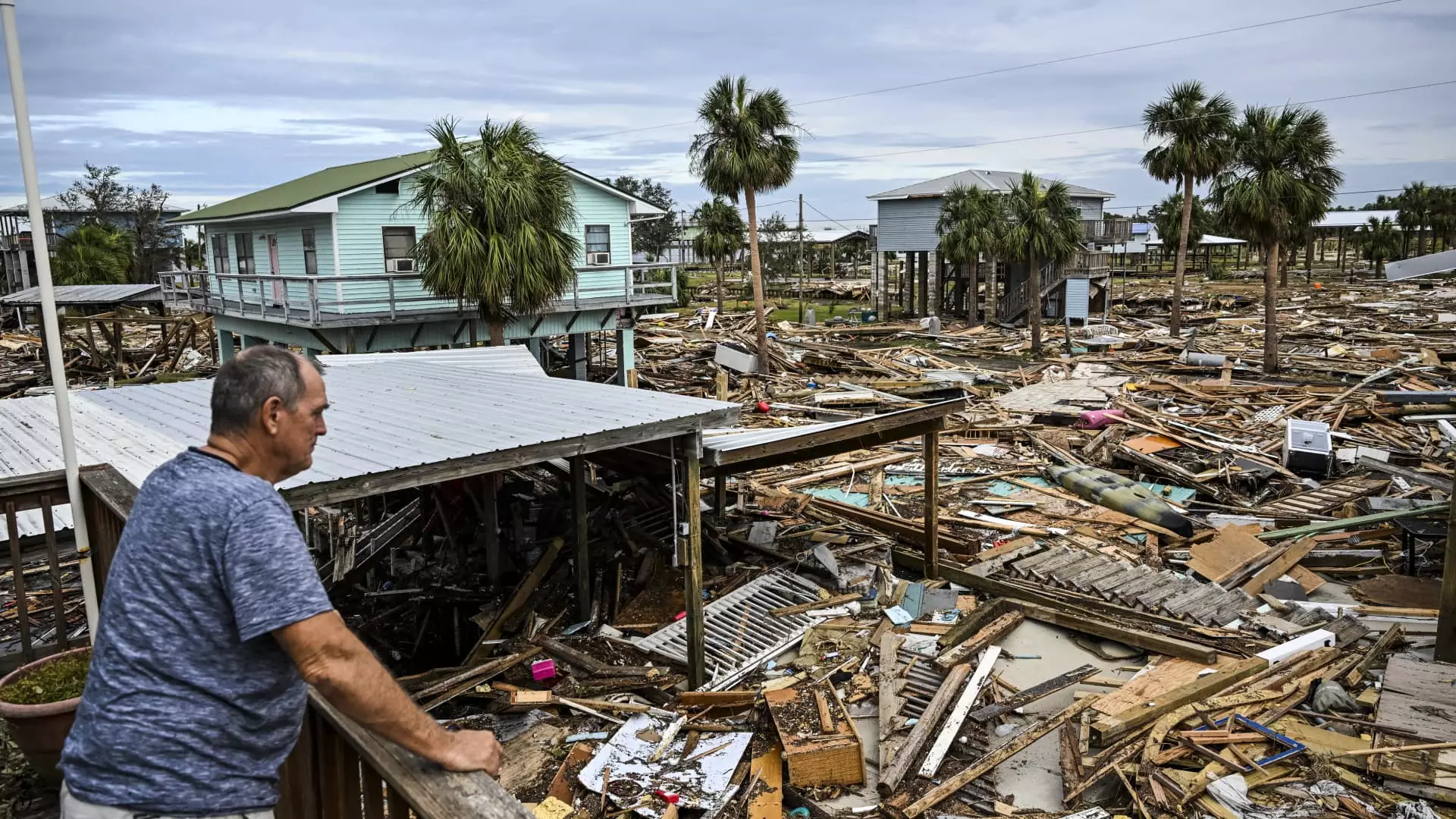Natural disasters wreak havoc on communities and individuals alike, leading to significant financial repercussions for homeowners. With natural calamities like Hurricane Helene resulting in insured losses exceeding $6 billion, the urgency of understanding how to file a homeowners insurance claim becomes evident. As another storm, Hurricane Milton, predicted to be a catastrophic event, approaches, it’s vital for homeowners to be prepared to protect their assets efficiently and effectively. This article delves into the critical steps homeowners need to take to expedite their insurance claims post-disaster.
Once the immediate threat has passed, homeowners should prioritize contacting their insurance provider. Experts strongly emphasize that reporting damage early can significantly affect the claims process. “Your adjuster is assigned on a first-come, first-serve basis,” remarks Shannon Martin, a licensed insurance agent with Bankrate.com. Immediate reporting allows the insurance company to allocate resources and expedite the assessment of damages.
The overwhelming volume of claims following a disaster can result in delays, which is why timely communication is essential. Jeremy Porter, from the First Street Foundation, points out that every moment of inaction not only prolongs the approval process but also increases the time the claim spends in limbo. This waiting period can be frustrating for homeowners desperately trying to rebuild their lives and properties.
Being prepared extends beyond having an emergency kit for natural disasters; it also involves understanding your insurance policy thoroughly. Experts recommend that homeowners keep essential documents, including copies of insurance policies and contact numbers, in an easily accessible disaster preparedness kit. Taking these proactive steps can lay the groundwork for a smoother claims process.
When the disaster actually hits, having these documents readily available will save time and reduce stress. You’ll need to provide your insurance company with detailed reports of the damages sustained—making it imperative to take photographs and document the condition of your property immediately after the incident. This evidence can be instrumental should disputes arise during the assessment process.
After a natural disaster, homeowners are often legally obligated to take steps to prevent additional damage from occurring. This may include making temporary repairs, such as covering windows or securing roofs. Failure to take reasonable measures to protect one’s property can hinder the insurer’s obligation to cover further losses. According to Daniel Schwarcz, an insurance law professor, it is crucial for homeowners to act promptly to mitigate additional damages.
When implementing temporary repairs, homeowners should document all expenses incurred, as these costs are often reimbursable by insurers. However, it is essential to understand the boundaries of what your policy covers. Typically, expenses for protective measures taken before a disaster, like buying plywood to guard against high winds, may not be compensated by insurance.
Accurate documentation is key to a successful insurance claim process. Homeowners should ensure they take comprehensive photographs of all damages and keep meticulous records of discussions with their insurance providers. Having a clear record helps create a direct correlation between the damage and the insured event, thereby fortifying your claim.
“Filing the claim immediately is the number one most important thing to do,” emphasizes Porter. The documentation will not only assist in proving how the damage occurred but can also clarify which insurance policy should address the specific claim. Homeowners should be aware of possible jurisdiction questions when more than one insurance type may pertain to the incident.
Timeliness does not only apply to reporting damages but encompasses all aspects of the claims process. Experts recommend that homeowners file claims within three to five days of the incident. The sooner you address the situation, the easier it will be to provide the necessary information and prevent any complications arising from overlapping claims, especially should another disaster occur shortly thereafter.
Being proactive after a natural disaster can significantly impact the outcome of your insurance claim and ultimately aid in a smoother recovery journey. By understanding the necessity of prompt communication, adequate documentation, and timely actions, homeowners can navigate the complex landscape of insurance claims with more confidence and efficacy.


Leave a Reply